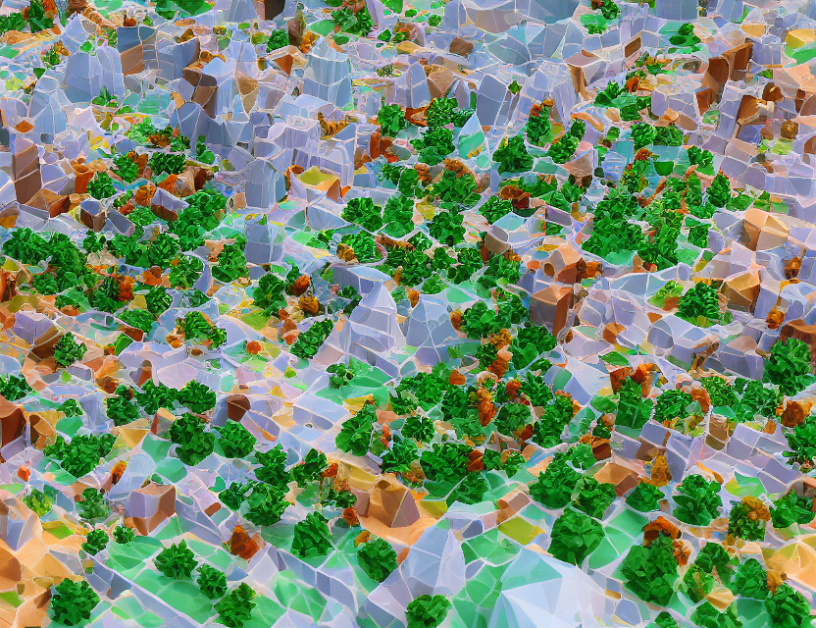Semantic segmentation is a critical task in image analysis, enabling computers to understand and interpret visual content. Traditional methods rely on manual annotation of vast amounts of data, which is time-consuming and expensive. To address this challenge, researchers have explored unsupervised learning techniques that can train models without human-labeled data. Our work aims to develop lightweight clustering framework for efficient unsupervised semantic segmentation.
Our approach leverages features from the self-supervised Vision Transformer (ViT) along with other techniques like clustering, saliency modeling, and contrastive learning. These methods improve segmentation accuracy but are network-dependent and require extensive hyperparameter tuning. They also demand substantial computational resources, which can limit their application in real-world scenarios.
Our lightweight clustering framework aims to strike a balance between segmentation accuracy and computational efficiency. By doing so, we can make unsupervised semantic segmentation more accessible, cost-effective, and scalable. Our method is designed to be efficient, requiring fewer computational resources while delivering accurate results.
To understand how our framework works, imagine a team of researchers trying to solve a complex puzzle with limited pieces. Traditional methods would require them to carefully sort each piece into its designated category before solving the puzzle. In contrast, our approach allows the researchers to group similar pieces together without explicitly labeling them, making the process more efficient and scalable.
In conclusion, unsupervised semantic segmentation is crucial for efficient image analysis, enabling computers to understand visual content without relying on manual annotation. Our lightweight clustering framework offers a promising solution, striking a balance between accuracy and efficiency while making this technology more accessible and cost-effective. By advancing the field of unsupervised learning, we can pave the way for novel applications in various domains, from healthcare to autonomous driving.
Computer Science, Computer Vision and Pattern Recognition
Unlocking Semantic Segmentation’s Potential with Novel Methodologies



